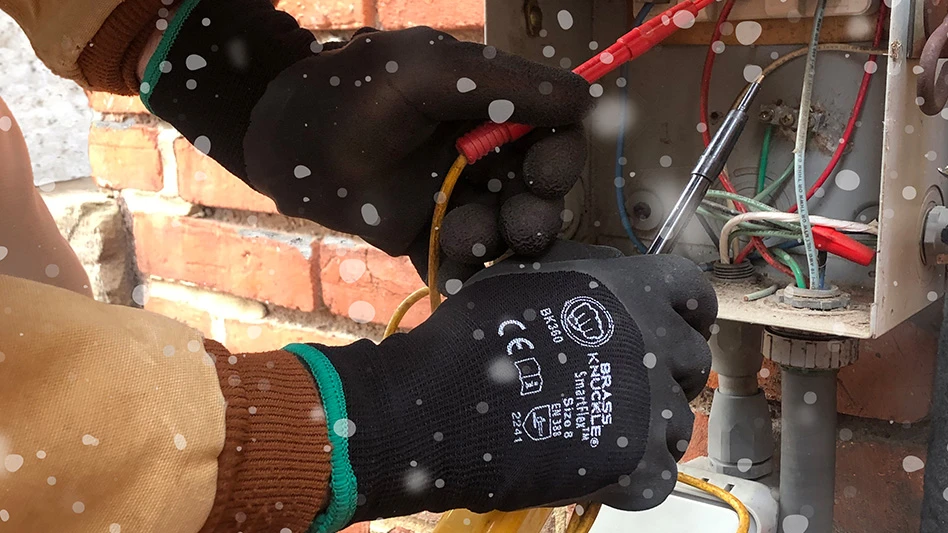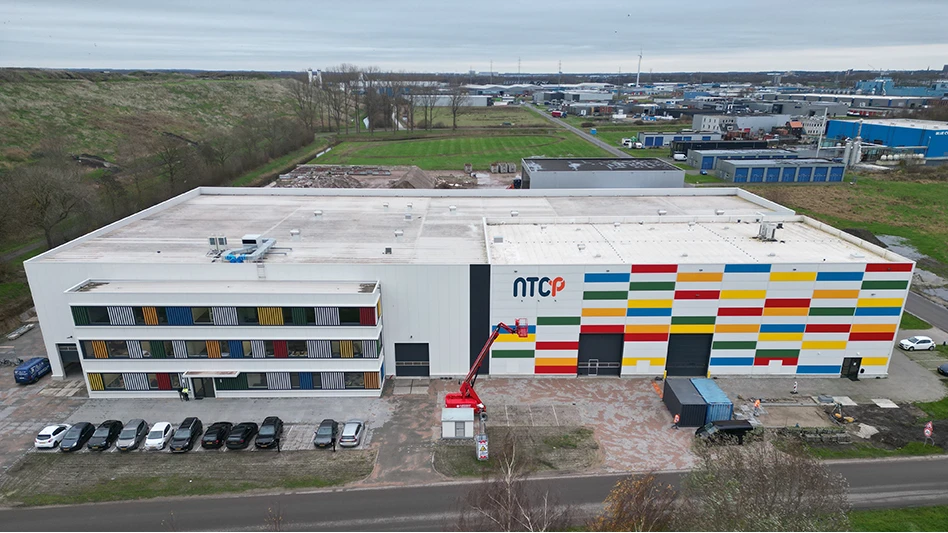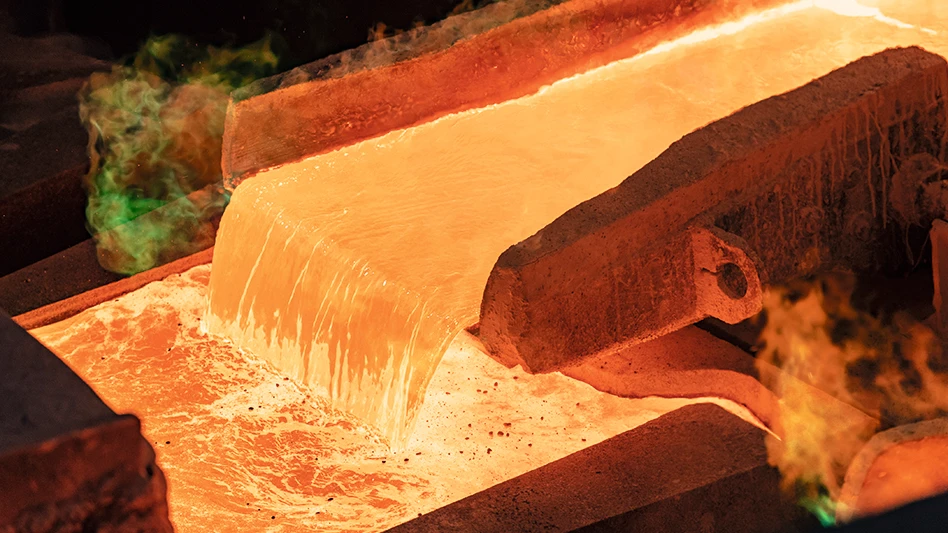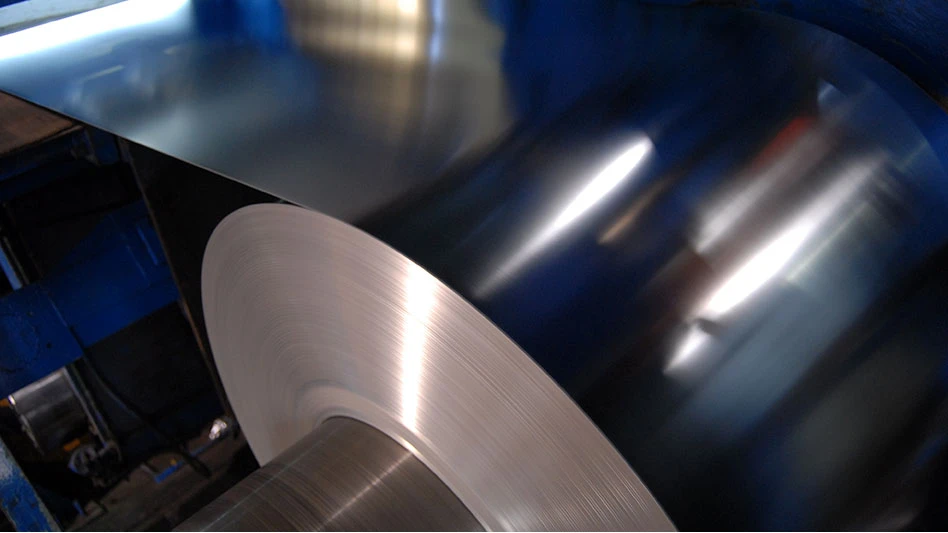
Photo by DeAnne Toto
Polyethylene terephthalate (PET) thermoform packaging, which includes cups, clamshells, trays, bowls and deli, bakery and takeout containers, is growing in popularity. A new study by the Foodservice Packaging Institute (FPI), Falls Church, Virginia, and its project partners, “PET Thermoform Cost and Material Flow Analysis,” presents relative costs and trade-offs for the potential paths to increase postconsumer recovery of this packaging form.
The summary of findings prepared by Resource Recycling Systems (RRS), Ann Arbor, Michigan, which conducted the study for the partners, includes estimated material volumes in the marketplace and current recovery pathways.
“Working across the PET thermoform supply chain, we identified specific constraints to recycling, which led to the creation of this study and collaboration with partners,” says Natha Dempsey, president of FPI. “This study shows that there is potential to increase PET thermoform recovery through MRFs (material recovery facilities) and PET reclaimers, although we still have some work to do to define the best path forward. Our partners along with the MRFs and PET reclaimers we surveyed and interviewed have our thanks for sharing their valuable data, insights and perspectives.”
The FPI partnered with the Association of Plastic Recyclers (APR), the National Association for PET Container Resources (NAPCOR), the Northeast Recycling Council, The Recycling Partnership, the Sustainable Packaging Coalition, Amcor, Danone North America, Driscoll’s, Eastman Chemical, Green Impact, Loop Industries, Mondelēz International and Sonoco on the study.
“Our findings show that there is adequate volume of PET thermoform material in the U.S. marketplace to make this a viable target stream for increased recycling,” says Liz Bedard, senior director of industry collaboration at The Recycling Partnership, which also is based in Falls Church. “The study estimates annual marketplace volumes by weight, as equivalent to natural HDPE (high-density polyethylene). There’s certainly potential here if we can overcome some of the constraints identified in this study.”
“While a lot of communities accept PET thermoforms for recycling, there are important questions downstream in the recycling value chain,” Adam Gendell, associate director of the Charlottesville, Virginia, Sustainable Packaging Coalition, says. “We all want to see healthy, robust demand for PET thermoforms on the recycling market, and this research is critical to understanding those downstream challenges and opportunities.”
PET reclaimers that process postconsumer PET material collected through curbside recycling programs process PET thermoform material along with PET bottle material. The percentage of thermoforms that can be processed with the bottles varies by operation and rPET end markets, but most reclaimers say they can tolerate up to 10 percent by weight of thermoforms in a PET bottle bale.
“PET reclaimers’ business models are predominantly bottle-centric and typically not set up to process high percentages of PET thermoforms for reasons that are both technical and commercial,” Darrel Collier, executive director of NAPCOR, Charlotte, North Carolina, says. “This was confirmed through interviews conducted for this study, and it’s something we are taking a very close look at now as we consider how we might further this work.”
NAPCOR and the others on the study team noted that some PET reclaimers, primarily in California, are running PET thermoform-only bales to produce rPET for PET sheet/thermoform end markets. (One such reclaimer is Green Impact Recycling, which is working with rPlanet Earth, a vertically integrated rPET packaging producer based in Vernon, California.) This is one path the study considers.
The study examined the feasibility of sorting PET thermoforms into a separate stream at MRFs to be recovered in a thermoform-only bale.
“MRFs are in the business of marketing commodities, and many of the MRFs surveyed for this study would be open to sorting out PET thermoforms if certain market conditions were met,” says Lynn Rubinstein, executive director of Northeast Recycling Council.
Conditions include reliable market outlets willing to pay enough.
“While MRFs offer near-term recovery opportunities, with about 500 MRFs in the U.S.—all a little different in terms of volumes, space and access to markets—it would be a challenge to achieve the scale needed to substantially increase recovery,” Rubinstein adds.
The study considered volumes and logistical considerations in addition to estimating the other costs associated with each pathway. “Each time you sort, bale and move a postconsumer material, such as a PET thermoform-only stream, you add costs that need to be accommodated in the material’s market value,” says Steve Alexander, executive director of the Association of Plastic Recyclers, Washington. “Unlike capital investments, these costs are ongoing for certain material pathways, so we scrutinized these sorts of marginal costs as part of our assessment.”
Building on the results of this research, the partners say they are working to define the next phase of their work, which could include focused pilots to test strategies to address remaining technical and market questions to determine the most promising pathway to PET thermoform recycling.
Latest from Recycling Today
- AISI, Aluminum Association cite USMCA triangular trading concerns
- Nucor names new president
- DOE rare earths funding is open to recyclers
- Design for Recycling Resolution introduced
- PetStar PET recycling plant expands
- Iron Bull addresses scrap handling needs with custom hoppers
- REgroup, CP Group to build advanced MRF in Nova Scotia
- Oregon county expands options for hard-to-recycling items





